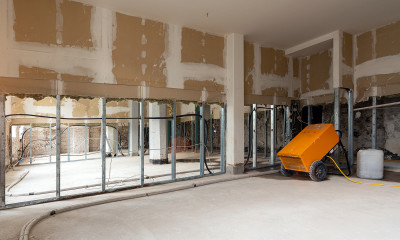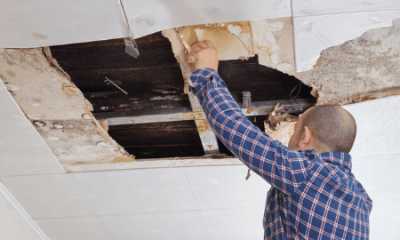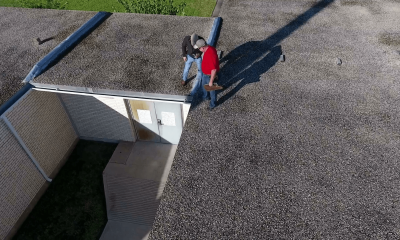A 2021 Commercial Real Estate (CRE) Investment & Insurance Forecast
The commercial real estate (CRE) industry is constantly evolving, even before COVID-19 pandemic hit this year. Millennials are aging into their thirties and "Boomers" are retiring en masse.
The healthcare crisis of 2020 brought a bizarre year for businesses. Today, U.S. downtown office vacancies rose above suburbs for the first time. Flex and co-working spaces are becoming more popular as employees wrestle with the concept of returning to work.
Here, we're going to consider the changing landscape of CRE, and consider how that relates to your property insurance.
What's New for CRE in 2021? The Evolution of Co-working Office Space Continues
U.S. employers who were reluctant to accept Work from Home (WFH) policies have been forced to rethink their strategies.
Some were pleased to discover the decreased overhead costs associated with WFH, which manifest in the forms of:
- Lower utility bills
- Fewer CRE leases to maintain
- Diminished workers' comp claims in some states
- Fewer instances involving Human Resources intervention
Social Distancing Caused Behavior Changes
Per this short video published by Marcus & Millichap, employee and consumer behavior is changing across the entire economy. We shop, entertain, and educate ourselves online. A variety of meetings are held via Zoom — even doctor appointments! Beyond the CRE market, we can surely see big changes happening in travel and location-specific retail, too.
- Employees' overall mood is polarized: some are eager to return to work while others are reluctant.
- Top talent who worked in urban centers — like LA and NYC — have found the freedom to relocate to more central states and smaller cities.
- Changes in commuter traffic patterns will have resounding effects on CRE advertising and leasing patterns too.
Will these new behaviors stick? It's hard to say.
For now, looking to the immediate future of CRE 2021, we envision a blending of WFH with shared co-working spaces. Many commercial spaces will remain vacant for a time, making 2021 an ideal year to remodel and renovate older properties if you have the capital on hand. Those vacant properties won't remain vacant forever.
However, vacant CRE poses unique insurance risks.
Property Insurance Risks Associated with Vacancy
Insurance companies don't want to insure vacant property.
Vacant properties face increased risks of:
- Vandalism, theft and malicious mischief
- Freezing pipes and water damage
- Fires
- Squatters
- And human injuries that could potentially lead to costly liability claims
Imagine the damage that could occur if the main water pipe were to burst in a vacant property. Since it won't be discovered until the water is leaking out to public space, the damage can be catastrophic!
Another example is the risk associated with squatter break-ins. They may build a fire and fall asleep, posing a threat to their health, the property and surrounding neighbors should the fire spread
- The risk of fire associated with homelessness and vacant CRE is significant.
- For instance, the number of fires caused by homeless individuals in San Francisco in 2020 has doubled.
But is your CRE covered when it's vacant? That might depend on how long the doors have been shut, or how much space is still being occupied.
Understanding Your Commercial Property Policy
Commercial property insurance is always built on fire coverage, with other added coverages, like wind, hail, civil unrest and liability. But many commercial property policies will not cover property that's vacant for more than 30 or 60 days.
CRE investors are a savvy bunch, but insurance is complicated. If you need a professional review of your commercial real estate policy, contact Brook Boswell for a free policy review. Boswell was formerly a trusted risk management advisor and now is a property loss consultant at Jansen Adjusters International. You can reach Brook at our Dallas office, or connect with him on LinkedIn: https://www.linkedin.com/in/brookboswell/ today!








